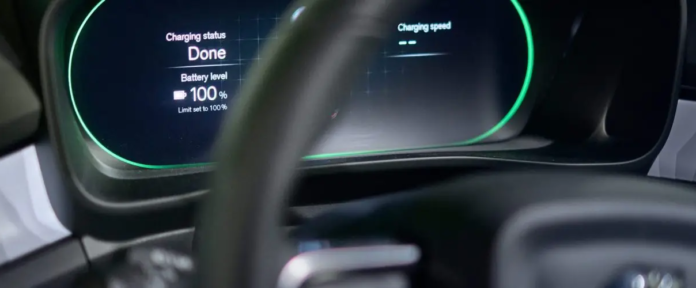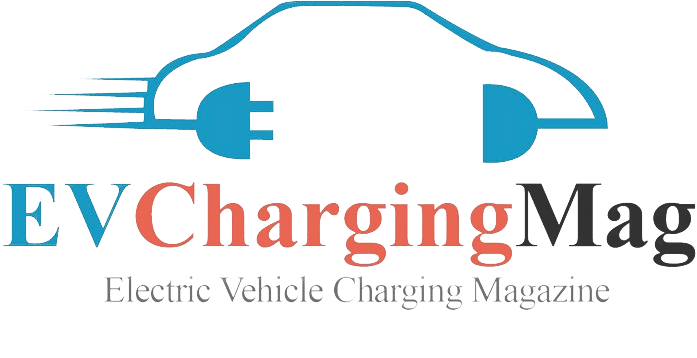The Canadian Automobile Association (CAA) recently conducted a real-world winter EV performance study. They drove vehicles representing over two-thirds of Canadian EV sales from Ottawa to Mont Tremblant in sub-zero temperatures. The CAA EV Winter Test measured EV range and charging times.
Addressing Consumer Concerns
“CAA is responding to a top concern of Canadians when it comes to EVs,” said Ian Jack, vice-president, public affairs, CAA National. “We measured the effective range of electric vehicles in cold weather and how quickly they charge. These insights are critical for both current EV owners and those considering making the switch.”
More than two-thirds of Canadians have expressed concern about range reduction in winter. Over 65 percent of Canadian EV owners report experiencing lower battery range in extreme cold.
Winter Range Significantly Lower
The CAA test revealed significant range reductions in winter. Official, year-round estimates from Natural Resources Canada (NRCan) were much higher. Vehicles drove 14 to 39 percent less than their official range. The Chevrolet Silverado EV and the Polestar 2 performed best. They only had a 14 percent range reduction. CAA found the cold weather affected EVs differently. Some performed better than expected. Others did not.
“The vast difference in results highlight the importance of truth in advertising when it comes to EV range, and of comparing numbers if winter performance matters to you,” said Jack. “CAA would like to see a made-in-Canada standardized labeling system for EVs that includes winter driving performance rather than just a single average.”
Range Test Details
The CAA EV Winter Test featured 14 EVs. This includes 7 out of 10 of the top sellers in Canada. Models came from sport, luxury, SUV, sedan, and truck categories. This captured a diverse range of vehicle types. Temperatures during the drive varied between -7 and -15 degrees Celsius. This represents a typical Canadian winter. Each vehicle was driven until the battery ran completely out of power. This determined range in winter conditions. The results were compared to the estimated driving range published by Natural Resources Canada (NRCan). In Canada, only a single average is published. So, consumers don’t have an accurate picture of winter range.
Range Test Results:
| Vehicle (alphabetic order) | Rank: Longest Range | Total kilometers driven on single charge | Official range published by NRCan | Difference Between Actual and Official Range |
|---|---|---|---|---|
| Chevrolet Equinox EV | 6 | 337 km | 513 km | -34% |
| Chevrolet Silverado EV | 1 | 456 km | 724 km | -14%* |
| Ford F-150 Lightning | 9 | 296 km | 515 km | -35%* |
| Ford Mustang Mach-E | 7 | 334 km | 483 km | -31% |
| Honda Prologue | 8 | 334 km | 439 km | -24% |
| Hyundai IONIQ 5 | 11 | 262 km | 410 km | -36% |
| Kia EV9 | 4 | 349 km | 435 km | -20% |
| Kia Niro EV | 10 | 285 km | 407 km | -30% |
| Polestar 2 | 3 | 384 km | 444 km | -14% |
| Tesla Model 3 | 2 | 410 km | 584 km | -30% |
| Toyota bZ4X | 12 | 255 km | 406 km | -37% |
| Volkswagen ID.4 | 5 | 338 km | 423 km | -20% |
| Volvo XC40 Recharge | 13 | 248 km | 409 km | -39% |
*Calculation was adjusted to reflect that Chevrolet Silverado EV started at 73% state of charge and that Ford F-150 Lightning started at 89% state of charge. Note: due to a complication Kia EV6 did not participate in the range test.
Charging Speed Also Affected by Cold Weather
CAA also tested charging speeds. This is a critical factor for longer trips in an EV. In CAA’s recent survey of EV owners, 4 in 10 EV drivers said significant slower charging in extreme cold weather is a problem. More than half (53 percent) of EV drivers still prefer to take their gas vehicle on long trips in extremely cold weather.
Each vehicle was connected to a DC fast-charger. The test measured how many kilometers of range were added in a 15-minute session. On average, EVs added around 100 kilometers of range. This amounted to 28 percent of battery charge. The Tesla Model 3 charged the fastest. It added over 200 kilometers in just 15 minutes. CAA found significant variations in how much charge an EV could gain in 15 minutes. This highlights the importance of considering charging rates for those who frequently drive long distances.
Charge Test Results:
| Vehicle (alphabetic order) | Rank: Charged the fastest in 15 minutes | Displayed kilometers added in 15 minutes | Time to charge from 10 to 80 percent | Average charging speed |
|---|---|---|---|---|
| Chevrolet Equinox EV | 3 | 131 kms | 42 mins | 100 kW |
| Chevrolet Silverado EV | 2 | 199 kms | 42 mins | 233 kW |
| Ford F-150 Lightning | 6 | 109 kms | 45 mins | 128 kW |
| Ford Mustang Mach-E | 9 | 71 kms | 46 mins | 85 kW |
| Hyundai IONIQ 5 | 10 | 64 kms | 45 mins | 80 kW |
| Kia EV6 | 11 | 58 kms | 43 mins | 85 kW |
| Kia EV9 | 7 | 105 kms | 33 mins | 139 kW |
| Kia Niro EV | 12 | 35 kms | 77 mins | 36 kW |
| Polestar 2 | 4 | 120 kms | 40 mins | 94 kW |
| Tesla Model 3 | 1 | 205 kms | 37 mins | 96 kW |
| Toyota bZ4X | 13 | 19 kms | 92 mins | 33 kW |
| Volkswagen ID.4 | 5 | 112 kms | 34 mins | 104 kW |
| Volvo XC40 Recharge | 8 | 90 kms | 40 mins | 87 kW |
Note: Honda Prologue was not included in the charge test as it encountered an error and data was unavailable. All vehicles were charged using 350 kW chargers, while the Tesla was charged at 150 kW due to compatibility requirements with the non-Tesla adapter.
CAA Tips for Maximizing EV Performance in Cold Weather
CAA has a few tips for drivers on ways to maximize EV performance in cold weather:
- Park Indoors: Whenever possible, park in a garage or other sheltered area to keep the battery warmer, which can improve both range and charging speed. If not possible, park the car on the sunny side of the street.
- Precondition the EV: Warm the cabin while it is plugged in before starting your drive. Many EVs allow you to schedule preconditioning for a specific departure time, which maximizes range and comfort.
- Clear Snow and Ice: Remove excess snow and ice from the vehicle to reduce weight and aerodynamic drag, helping to extend your range. In fact, in some provinces this is the law, ensuring drivers can see where they are going and keeping roads safer.
- Use Heated Seats: Heated seats consume less energy than cabin heaters, allowing you to conserve battery power.
Source: Canadian Automobile Association

